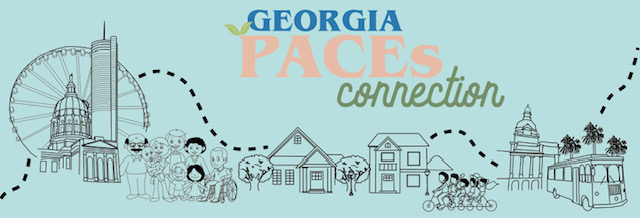By Renee Ryberg, Nadia Orfali Hall, Claire Kelley, Jessica Warren, and Kristen Harper, Child Trends, January 2020
In 2015, an average 15-year-old could expect to live to age 79. However, teens living in the 1 percent of neighborhoods with the lowest life expectancies could expect to live to 70—a lifespan nine years shorter.
Educational attainment, a key social determinant of health, is one of the most powerful predictors of life expectancy. This association has strengthened over the past 20 years, placing our nation’s schools at the forefront of initiatives to improve teen health outcomes and reduce health disparities.
Measures of educational attainment, however, provide state and local officials with little actionable information to guide their efforts. To effect change, officials need data that both identify the factors that influence educational attainment and illustrate the educational experiences schools provide.

Comments (1)